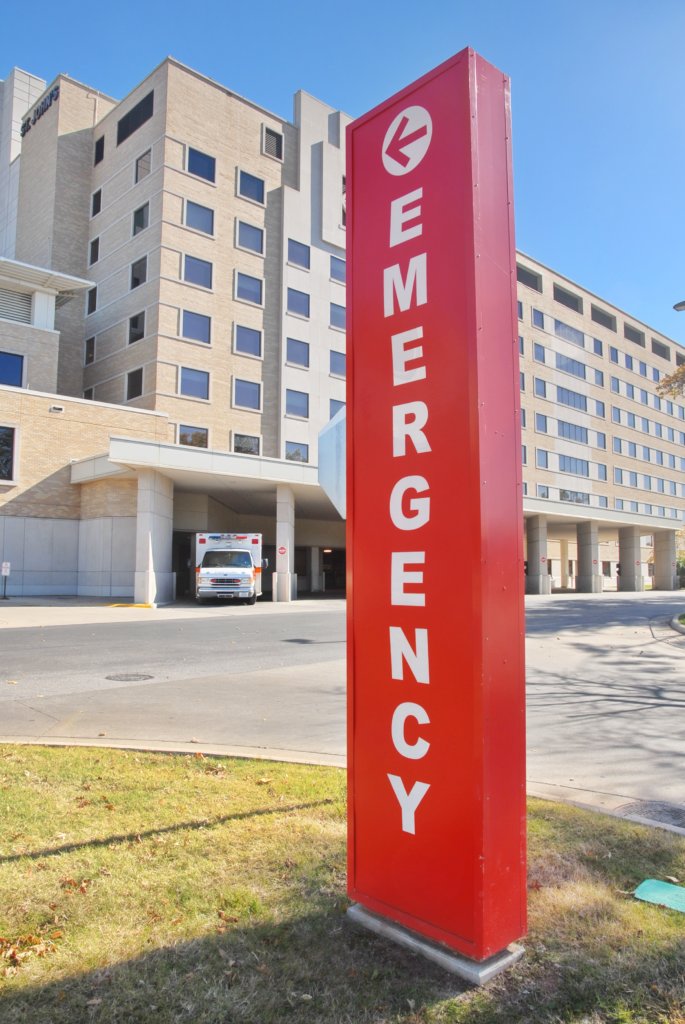What does an ambulance driver do?
An ambulance driver is a healthcare professional whose primary responsibility is to drive to medical emergencies and transport ill or injured patients back to the hospital or other healthcare facilities for care. Ambulance drivers are part of the first responders team and are often one of the first people to arrive at the scene of an accident or medical emergency.
An ambulance driver has many other responsibilities apart from driving, such as maintaining the ambulance to ensure it works correctly, loading patients and equipment in and out of the ambulance and providing medical care to people in need. An ambulance driver works closely with paramedics and other medical professionals to ensure the best emergency care is given to patients.
Skills needed to become an ambulance driver
Ambulance drivers require a diverse range of hard and soft skills to enable them to carry out their job role successfully. For example, it is important for ambulance drivers to have a good level of physical fitness to enable them to assist in an emergency and load patients in and out of the ambulance. Ambulance drivers require the ability to think fast and react appropriately in challenging and stressful situations. Other necessary skills include:
- Communication skills: You will be dealing with high stress and worried patients, so communication skills are paramount to help them remain calm.
- Empathy: You will deal with individuals experiencing a range of different emotions, so having empathy and remaining calm under pressure is paramount.
- Decision-making skills: You will need to make swift decisions to ensure the patients health and safety.
- Problem-solving skills: You will be confronted with obstacles everyday in which you will need to quickly find a solution.

Qualifications required to become an ambulance driver
To become an ambulance driver, you must acquire a specific qualification, such as an undergraduate degree in paramedic science. This type of course will prepare you for challenging and stressful situations. You will master medicine, develop resilience for emergency scenarios, and build physical and mental stamina. If you already have an undergraduate degree in a different subject or wish to pursue an alternative route into this type of work, you can become a student paramedic and train directly with an ambulance trust or ambulance services provider. It’s also important that you obtain a valid C1 driving licence to become an ambulance driver.
“To anyone that’s thinking about joining the Ambulance Service, I’d say go for it because there’s so much you can learn. I didn’t even know how to do CPR before joining this job and now I’m at a stage where I can actually excel myself!” – Hina Pajwani (1)
Steps to become an ambulance driver
There is more than one route prospective ambulance drivers can take depending on whether they want to study a university degree or not. It is important to have the correct driving licence for this job.
Complete a degree or a student paramedic apprenticeship
It is essential to have the right training to become an ambulance driver. You can acquire this knowledge by studying for an undergraduate degree or completing an apprenticeship. An undergraduate degree will consist of a course in paramedic science, which will qualify you as a paramedic and give you the option to specialise as an ambulance driver.
If you want to combine work and study while earning a salary, an apprenticeship will suit you. An ambulance driver apprenticeship will give you the opportunity to train on the job. Apprenticeships are designed by employers, so you can be guaranteed to learn the necessary skills, knowledge and behaviours required to become a competent ambulance driver.
Obtain a C1 driving licence and certification
To become an ambulance driver, you need to obtain a category C1 driving licence. This will allow you to drive a medium-sized vehicle weighing between 3,500kg to 7,500kg. If you already have a licence, you can apply to add this category to it. Some employers might also expect you to obtain specialist certifications for driving an ambulance.
Apply for ambulance driver jobs
Once you have the appropriate qualifications and certifications for the role, you can start applying for ambulance driver jobs. Online job listings and healthcare provider websites are best for finding open positions in your area. It is important to note that it is essential that you maintain a clean drivers licence. Any driving related penalties on your licence may affect your employment.
Other FAQs
Is an ambulance driver the same as a paramedic?
Ambulance drivers and paramedics work closely together, but their job roles vary. Paramedics are responsible for providing emergency medical care while ambulance drivers are responsible for driving to medical emergencies and safely transporting the patient to the hospital. The role of an ambulance driver is not limited to driving the vehicle, they are also required to assist paramedics, such as administering first aid or helping to move patients in and out of the ambulance.
How can ambulance drivers progress in their career?
There is an opportunity for ambulance drivers to progress their career. This role will teach you transferable skills you can use in a variety of other careers. You will also have the chance to transition into a paramedic role with sufficient experience, or you might eventually become a senior paramedic. You might also want to progress into working within the control room or in operations.
Related Occupations
- Paramedic
- Nurse
- Healthcare assistant
- Emergency medical dispatcher
- Firefighter
- Police Officer

